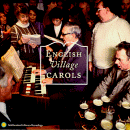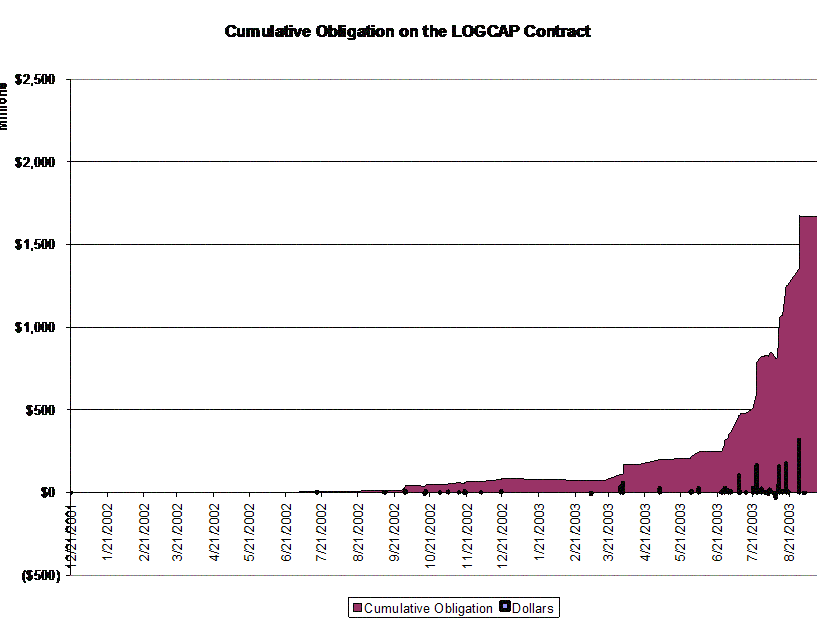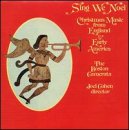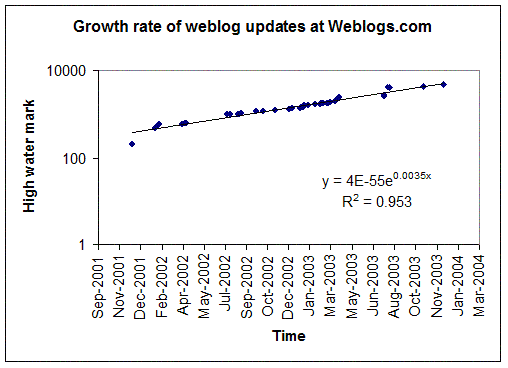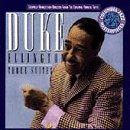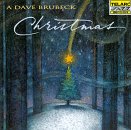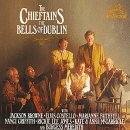
Upon hearing the phrase Irish (or worse, Celtic) Christmas music, most people have one of two reactions: either they grab their families and their Claddagh rings and their shamrocks and their green scarves and they settle in for a long listen, or they head for the hills. The reason is simple: there are a lot of really bad Irish recordings out there, and the misty headed sentimentalism that often parades under the name of “Celtic” makes a lot of it worse.
Fortunately, the Chieftains mostly avoid this trap on their holiday album The Bells of Dublin. They are, after all, revered for having brought a sense of traditionalism and musicianship back to Irish music. Unfortunately in recent years they have fallen prey to the unfortunate “guest star syndrome,” familiar to many classical music listeners, where normally serious musicians bring in pop artists on recordings, often with disastrous results.
What makes this album so special is that for the most part the guest stars don’t get in the way of some really amazing playing. “Past Three o’Clock” features a nice jig around the traditional carol, and “St. Stephen’s Day Murders” is unabashedly fun as guest vocalist and co-writer Elvis Costello(!) sings about doing away with family members who’ve overstayed their welcome:
For that is the time to eat, drink, and be merry,
Til the beer is all spilled and the whiskey has flowed.
And the whole family tree you neglected to bury,
Are feeding their faces until they explode.
There’ll be laughter and tears over Tia Marias,
Mixed up with that drink made from girders.
’Cause it’s all we’ve got left as they draw their last breath,
Ah, it’s nice for the kids, as you finally get rid of them,
In the St Stephen’s Day Murders.
But the highlights of the disc are the two medleys that pull together traditional songs and airs into flowing sequences. The Carol Medley features some fine singing over a sprightly arrangement of “O the Holly She Bears a Berry,” “God Rest Ye Merry Gentlemen,” and “The Boar’s Head.” And the absolute high point is the medley on “The Wren! The Wren!,” which pulls together a set of traditional Irish dances, reels, and hornpipes in a grand bit of craic. One can almost imagine the close walls of Matt Molloy’s pub getting just a little snugger as the incomparable Northumbrian pipes of guest Kathryn Tickell play over the bodhrain.
I wouldn’t be honest if I didn’t mention the following nightmarish stretches of the disc: the French carols warbled by the McGarrigle sisters; Marianne Faithfull’s version of “I Saw Three Ships”; the weak “Rebel Jesus” with Jackson Browne; and the absolutely execrable version of “O Holy Night” by Rickie Lee Jones. But as Elvis Costello points out, “it’s nice for the kids as you finally get rid of them.”

